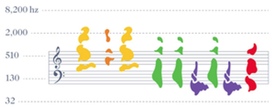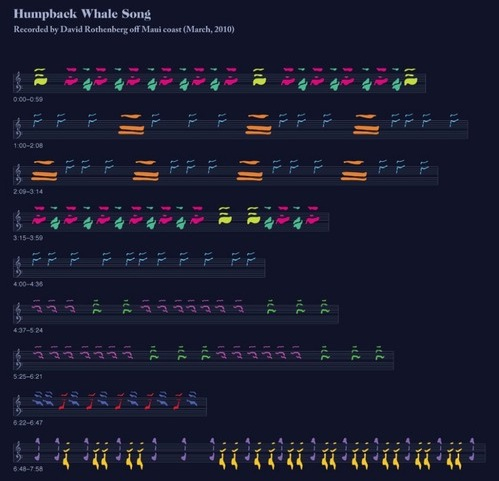Seabed mining facing high hurdles from NZ EPA
Effects of Noise on Wildlife, News, Ocean, Ocean energy Comments Off on Seabed mining facing high hurdles from NZ EPAIn recent years, there’s been a growing sense of concern in the ocean noise community about the worldwide emergence of plans for mining the seabed for a wide range of minerals. Some of these plans are moving toward completion, as mining companies have solved the cost and technical complications and begun submitting actual project plans to regulators. An early glimpse of this process has just emerged from New Zealand, where the EPA is now evaluating a permit to mine rock phosphate offshore from the South Island. See this article in Pundit (a tamer Kiwi version of Huffington) for a very good summary of the process going on there.
In particular, Pundit’s Claire Browning notes that the first seabed mining proposal to come before the EPA was turned down, and she details some of the extravagant non-acoustic impacts of the current project—the process involves scooping up masses of seabed and dumping most of the material back, creating plumes of debris (including uranium and other heavy metals) in the water column. All this in a Benthic Protected Area where no bottom-trawling is allowed. Meanwhile, a consortium of environmental groups is stressing the insufficient acoustic and population assessments included in the application:
…the company had carried out no visual or acoustic surveys to establish what whales were in the vicinity, and there was no empirical data on noise that would be generated by the mining. Instead, CRP contractors had constructed a model extrapolating noise from a shallow-water mining operation, a model that, for example, did not take into account noise from pipes taking sediment 450 metres up to the ship – or back down.
“There are a number of potentially serious impacts on marine mammals. More rigorous environmental impact assessment would be needed to assess the severity of the impacts of this development,” said Ms Slooten.
It’s especially good to see that local watchdogs are thinking broadly about the potential acoustic emissions, including the sounds of material being pumped through pipes; our colleagues at Ocean Noise Conservation have been raising questions about such largely-ignored subsea industrial noise around oil and gas sites for several years. Also interesting in the Pundit piece is a moderately deep dive into the question of how much the Kiwi EPA is taking the precautionary principle into account; the lack of concrete direction to do so was a controversial element of the statutory directions to the newly-formed agency, but it appears that its decisions are indeed deferring activities that carry uncertain risks to sensitive areas. It’s worth noting that seabed mining may not always be a bad thing; much terrestrial mining has high environmental and social impact, with the resulting raw material shipped large distances to its eventual markets. Such pressure may be relieved at times by moving offshore; in this case, the company’s website highlights the benefits of mining rock phosphate domestically rather than importing it from Morocco, the primary current source. But of course, offshore sites need to be thoroughly assessed, and any new activity directed toward areas that will create minimal impact on marine life.

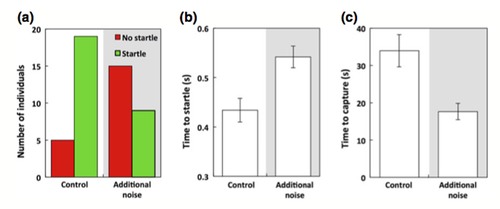

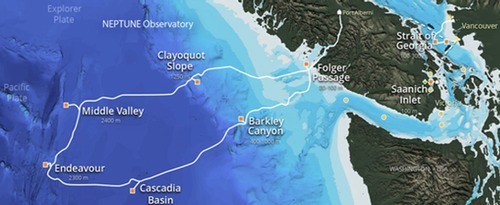
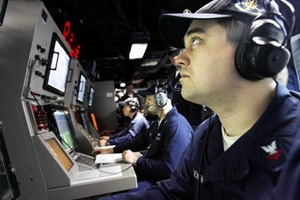 But while scientists are keen to hear what the new undersea recordings have to tell us, the US and Canadian Navies are far less enthusiastic. They’re concerned that the audio feeds, which are freely available to scientists and the public as downloads and via live online feeds, will reveal sensitive information about submarine and ship movements, navy training activities, and even the sound signatures of individual vessels. The two navies have arranged with researchers to have an audio bypass switch that allows them to divert the audio streams into a secured military computer—sitting in a locked cage at the research facility where the data comes ashore—at times when their ships are nearby (and also at some random other times, so that their diversions don’t give away any secrets on their own!).
But while scientists are keen to hear what the new undersea recordings have to tell us, the US and Canadian Navies are far less enthusiastic. They’re concerned that the audio feeds, which are freely available to scientists and the public as downloads and via live online feeds, will reveal sensitive information about submarine and ship movements, navy training activities, and even the sound signatures of individual vessels. The two navies have arranged with researchers to have an audio bypass switch that allows them to divert the audio streams into a secured military computer—sitting in a locked cage at the research facility where the data comes ashore—at times when their ships are nearby (and also at some random other times, so that their diversions don’t give away any secrets on their own!). 